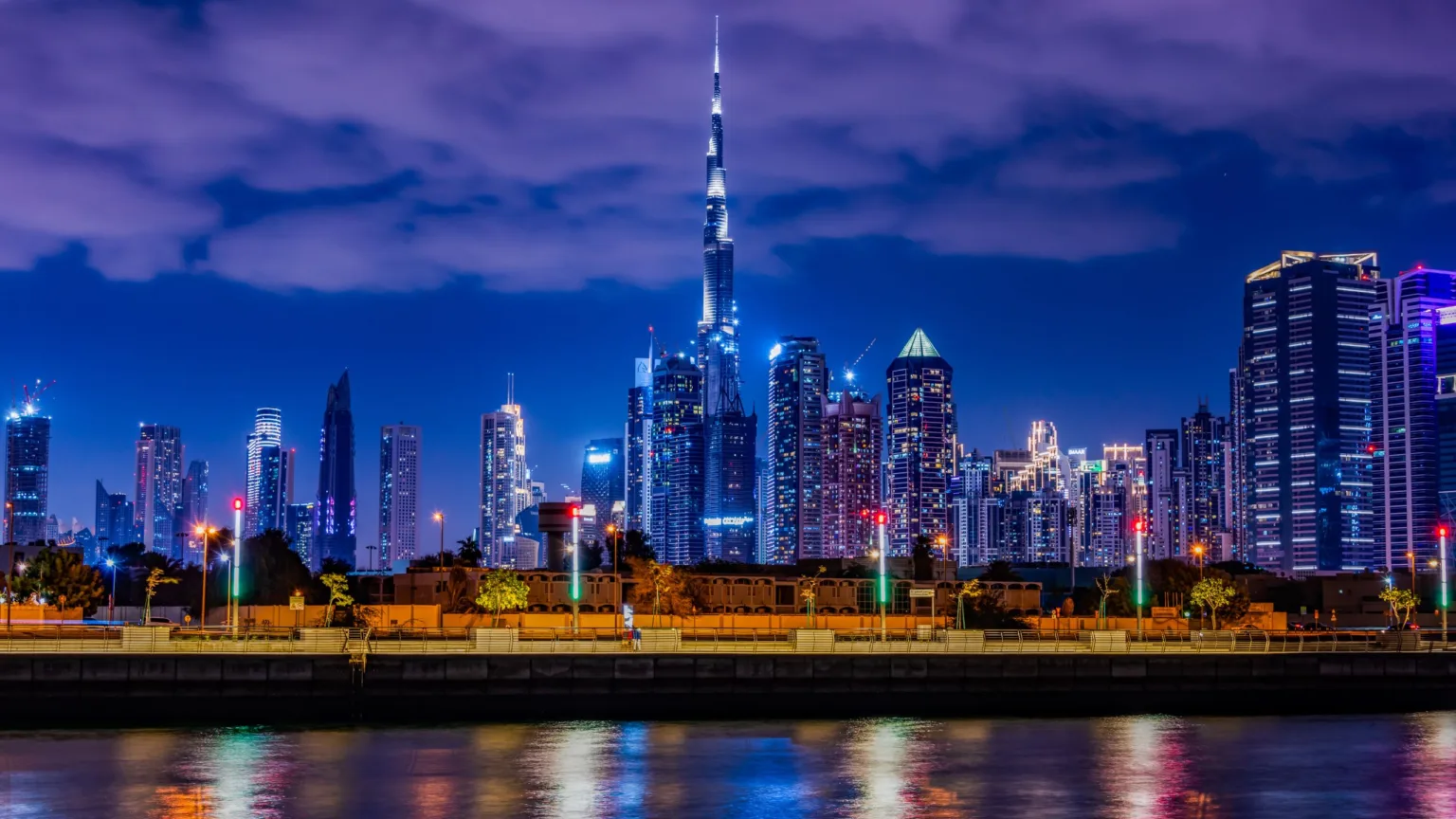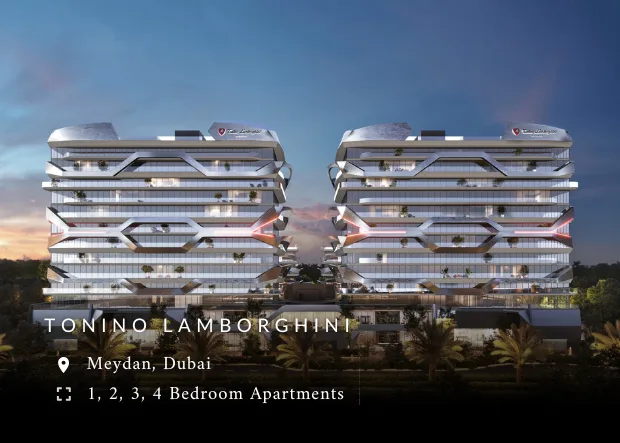Introduction
In the thriving real estate market of Dubai, understanding rental yield is of paramount importance for property investors. This crucial financial metric measures the annual rental income generated by a property, articulated as a percentage of its overall value. As an ever-evolving landscape, the Dubai property market presents unique opportunities and challenges, emphasizing the importance of rental yield in evaluating the profitability of potential investments.
With its luxurious lifestyle, world-class infrastructure, and attractive expatriate communities, Dubai captures the attention of both local and international investors. However, the rental yield varies significantly based on location and property type, necessitating comprehensive market research and analysis. By exploring local market trends, demographic patterns, and tenant demand, investors can pinpoint properties that promise lucrative returns.
Moreover, an acute understanding of rental yield empowers investors to enhance their property management strategies and make informed decisions that align with their financial goals. As the demand for rental properties in Dubai continues to escalate, grasping the intricacies of rental yield becomes essential for those looking to navigate this vibrant market effectively. This article delves deeper into the factors influencing rental yield in Dubai, offering valuable insights for both seasoned investors and newcomers alike.
Understanding Rental Yield in Dubai
Rental yield is a crucial metric for property investors, particularly in bustling markets like Dubai. It refers to the annual income generated from a rental property, expressed as a percentage of the property’s total value. This financial indicator is essential for investors looking to assess the profitability of their real estate investments. In Dubai, where the real estate market is both competitive and dynamic, understanding rental yield can provide insights into the viability of a property as an income-generating asset.
Investors are drawn to Dubai not just for its luxury lifestyle and infrastructure but also for the potential returns on investment. The rental yield can vary significantly across different areas and types of properties, making it imperative for investors to conduct thorough market research. By analyzing local trends, demographic shifts, and tenant preferences, investors can identify properties with high rental potential.
In the context of Dubai’s evolving real estate landscape, the understanding of rental yield helps investors make informed decisions, optimize their property management strategies, and enhance their overall investment portfolio. As the demand for rental properties continues to rise, a clear grasp of rental yield is integral for maximizing returns in this vibrant market.
Factors Influencing Rental Yield in Dubai
It is essential to understand the various factors that impact rental yield in Dubai, as these elements significantly affect the financial performance of real estate investments. One of the primary drivers is location; properties situated in prime areas, such as Downtown Dubai or the Dubai Marina, typically command higher rents, contributing to better yields. In contrast, less sought-after locations may offer lower rental returns.
Another critical factor is the type of property. Different property types, such as apartments and villas, attract varying tenant demographics, which can influence rental prices and occupancy rates. Additionally, tenant demand plays a fundamental role; high demand for rental properties in certain neighborhoods often leads to increased rental prices, thereby enhancing overall yield.
Infrastructure developments, such as new schools, shopping centers, and public transportation, can also sway rental yields. Areas experiencing significant investment in amenities tend to attract more residents, raising both demand and rental prices. Furthermore, the overall economic landscape of Dubai can impact rental yields, as factors like employment rates and tourism levels directly correlate with housing demand.
In summary, understanding these factors—location, property type, tenant demand, and infrastructure—can help investors make informed decisions and enhance their rental yields in Dubai’s dynamic real estate market.
Top Communities Offering the Best Rental Yield in Dubai
Dubai features several vibrant communities that consistently deliver impressive rental yields, attracting both local and international investors. Notable areas include Dubai Marina, where stunning waterfront views and a plethora of amenities drive tenant demand, resulting in high returns. Another prime location is Jumeirah Village Circle (JVC), characterized by its affordability and family-friendly atmosphere, making it a hotspot for renters.
Investors should also consider the burgeoning area of Downtown Dubai. Known for its iconic landmarks and luxurious lifestyle, this neighborhood commands premium rental prices, boasting excellent yield potential. Meanwhile, Dubai Silicon Oasis, an emerging tech hub, offers competitive rental returns, appealing to young professionals and families alike.
In addition, the community of Arabian Ranches, with its spacious villas and recreational facilities, attracts long-term tenants, contributing to solid rental yields. As property investors navigate the Dubai market, understanding community dynamics is crucial. By focusing on these key areas, investors can optimize their portfolio and achieve sustainable rental income. Subsequently, by keeping abreast of market trends and tenant preferences, investors can make well-informed decisions that capitalize on Dubai’s thriving real estate landscape.
Best Rental Yield Dubai: Apartments vs. Villas
When assessing rental yields in Dubai, property investors often debate the merits of apartments versus villas. Each type of property has unique attributes that can significantly impact rental returns. Typically, apartments tend to yield higher returns compared to villas, primarily due to their affordability and appeal to a larger tenant demographic, including young professionals and expatriates. In prime locations, such as Dubai Marina and Downtown Dubai, apartment rental yields can average between 5% to 7%, making them attractive for investors seeking steady income.
On the other hand, villas generally cater to families and individuals looking for more space and privacy. While they may not offer the same rental yields as apartments—averaging around 3% to 5%—the long-term value appreciation of villas can be substantial, particularly in established communities like Arabian Ranches and Jumeirah. Moreover, villas often provide greater potential for rental increases due to their appeal among long-term tenants.
Ultimately, the choice between investing in apartments or villas in Dubai should align with an investor’s financial goals and risk tolerance. Understanding local market trends, tenant preferences, and community developments is crucial for making an informed decision. By analyzing these factors, investors can maximize their chances of achieving optimal rental yields in the dynamic Dubai real estate market.
Emerging Areas in Dubai with High Rental Returns
As the real estate market in Dubai continues to evolve, several emerging neighborhoods are gaining attention for their promising rental yields. Investors are increasingly looking beyond established districts, seeking areas that exhibit strong growth potential and attractive rental performance. Key factors driving these emerging locations include improved infrastructure, ongoing development projects, and increasing tenant demand.
Areas such as Dubai Sports City, Dubai Investment Park, and Jumeirah Village Circle (JVC) are becoming popular among renters, offering a mix of affordable housing and modern amenities. These neighborhoods benefit from strategic locations and proximity to key transport links, which enhances their appeal to both expatriates and local tenants looking for value. Furthermore, upcoming developments, like smart city initiatives and new community projects, are expected to further boost rental demand in these regions.
Investors should also keep an eye on Al Furjan and Dubai South, which are quickly transforming into thriving communities. The availability of diverse property types—ranging from stylish apartments to spacious townhouses—combined with competitive pricing, positions these areas as attractive options for those seeking strong rental returns.
For property investors aiming to capitalize on growth trends, focusing on these emerging areas can provide opportunities for maximized rental yields while contributing to the dynamic landscape of Dubai’s real estate market.
Tips for Maximizing Rental Yield in Dubai Properties
To enhance rental yield in Dubai properties, investors should adopt a multi-faceted approach focused on property upgrades, tenant selection, and effective management strategies. One key method involves upgrading the property to meet contemporary standards; modern kitchens and bathrooms, for example, can significantly attract higher-paying tenants. Additionally, energy-efficient appliances can appeal to environmentally conscious renters while reducing operational costs.
Understanding tenant demographics is crucial for effective tenant selection. Investors should consider targeting expatriates or professionals, particularly in areas with high demand. Marketing the property effectively online through popular rental platforms can broaden exposure and attract quality tenants.
Regular maintenance checks are essential to keeping the property in prime condition, as well-maintained properties tend to retain tenants longer, minimizing vacancy periods. Moreover, offering flexible lease durations or including utilities in the rental agreement can enhance attractiveness.
Setting competitive rental prices based on market research will also underline an investor’s commitment to maintaining occupancy rates. Keeping abreast of local market trends and economic indicators can provide insights into the best times to adjust prices or make strategic decisions.
Finally, building long-term relationships with trustworthy tenants can lead to reduced turnover and steady rental income. By implementing these strategies, property investors in Dubai can maximize their rental yield and secure their investments for the long term.
Conclusion
In summary, understanding rental yield is vital for any investor looking to navigate the intricate real estate landscape of Dubai. This metric serves as a key performance indicator, allowing property investors to evaluate the financial viability of their investments. With the potential for attractive returns in this rapidly evolving market, a well-researched approach to assessing rental yield can lead to informed property selections and management strategies.
As highlighted, rental yields can fluctuate depending on location, property type, and market demand. Therefore, investors must stay updated on local real estate trends, demographic shifts, and tenant preferences to seize lucrative opportunities in Dubai’s competitive property market. By gaining insight into the factors that influence rental yield, investors can make strategic decisions that align with their financial goals.
Ultimately, a comprehensive understanding of rental yield not only allows investors to optimize their current portfolio but also paves the way for future investments in Dubai. As the market continues to grow, staying informed about rental potential will be essential for maximizing returns and ensuring long-term success in real estate investing. Through diligence and strategic planning, investors can unlock the full potential of rental properties in this vibrant city.





